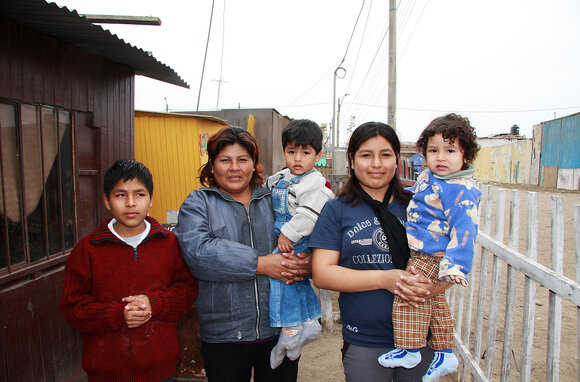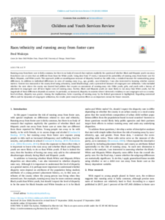This page contains documents and other resources related to children's care in the Americas. Browse resources by region, country, or category.
Displaying 711 - 720 of 3181
The current study builds on previous experimental evaluations of the My Life Model (MLM) for self-determination enhancement, which demonstrated effectiveness in improving educational and transition-to-adulthood outcomes for youth in foster care with disabilities, including those with mental health challenges.
this study relied on organizational survey data collected from child welfare workers and supervisors during the process of implementing an evidence-based practice—the Positive Parenting Program—and merged those data with data gathered by the Parents' Assessment of Protective Factors survey.
This article from BBC News tells the stories of transracial adoptive families in which parents of color have adopted white children, and the issues they have faced.
Using data from 17 states in the U.S., the author of this study measured the probability of running away from foster care for Black, Hispanic, and White youth.
The authors of this study applied a sector‐wide analysis protocol that harmonized components of the Humanitarian Programme Cycle by the Inter‐Agency Standing Committee and of a framework to characterize the governance of early childhood development and education (ECDE) systems.
This webinar will explore how can programs promote the positive and measurable effects of outdoor activities for children and families.
This article from KQED describes how the spread of the COVID-19 pandemic has impacted efforts to reunite families separated by U.S. immigration policy.
In this article, the authors present child abuse and neglect data available in Brazilian public health system platform and in a national childline reporting channel (Dial 100) from 2011-2017.
The study from Chile, Lithuania and Norway explores how social workers define family and more specific the position of extended families within child welfare and thus indicate contextual differences and similarities.
The purpose of this study was to provide unique insights into the spatial and temporal distribution of child abuse and neglect (CAN) in relation to COVID-19 outcomes and identify areas where CAN has increased or decreased during the pandemic.



